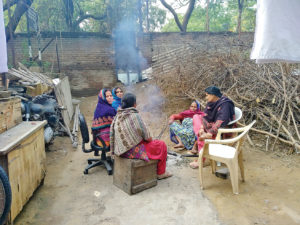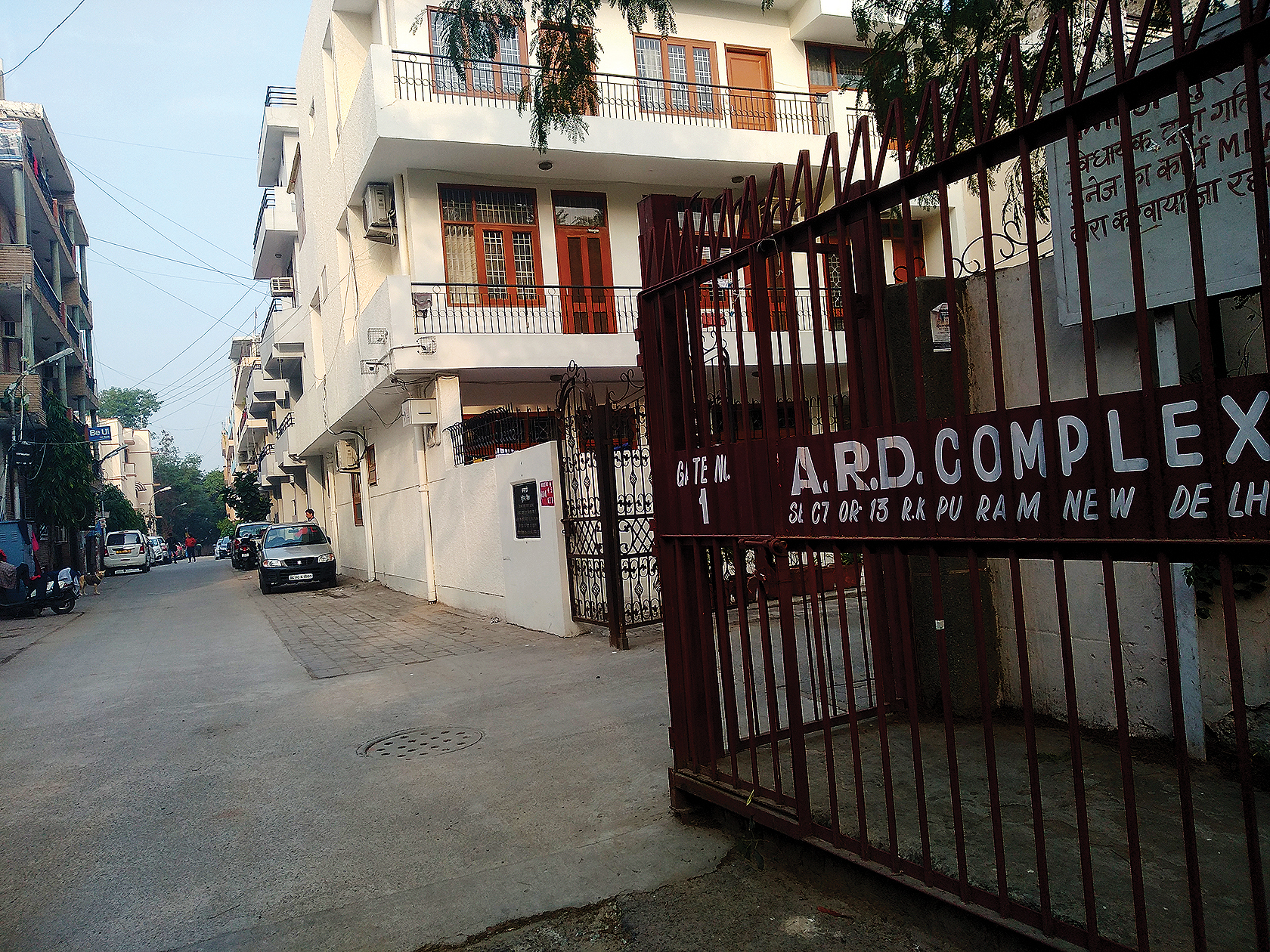Patriot visits Anant Ram Dairy, one of the 69 ‘affluent’ colonies whose regularisation has been put off indefinitely by the central government, to see whether the tag fits
Rakesh Kumar stays in his ancestral property — a small room on the roof — with only one bed and a pretty small bathroom. He goes every day to the nearby government housing quarters where he works as a plumber. His father worked as a small-time clerk in a government department.
The house also lacks a proper kitchen where utensils can be washed. Hence, his wife comes out of the house after every meal to wash the dishes at a municipality tap.
Rakesh earns around Rs 8,000 a month. The colony that he stays in — Anant Ram Dairy in RK Puram — is filled with such families. Yet, the DDA has listed the colony as “resided by the affluent section of the city”.
The Union Government in the winter session of Parliament approved the proposal to introduce the National Capital Territory of Delhi (Recognition of Property Rights of Residents in Unauthorised Colonies) Bill, which now snowballs the process of regularising 1,731 unauthorised colonies in the Capital, thus affecting over 40 lakh residents.
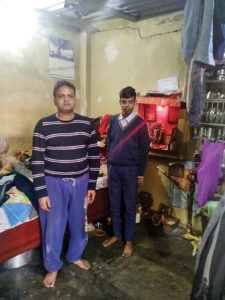
But 69 colonies have been left out of the process of regularisation. These, like Anant Ram Dairy are the ones registered as affluent colonies — which include places like Chattarpur Enclave, Mahendru Enclave and Sainik Farms.
As one enters through the main gate of the society, the first couple of houses does give the impression that this is an area inhabited by well-to-do people. But as one starts to explore the inner depths of the colony, one gets to see the real picture.
The area mostly consists of dingy lanes, with hanging overhead wires and people drying their dirty laundry in front of their houses. Almost all the houses are small, and most of the people that Patriot spoke to belong to the lower strata of society.
A bunch of ladies were assembled at a spot in the colony warming themselves by a burning log. When they were informed that DDA think they belong to the affluent section of society, they were surprised but laughed the matter off by saying, “Agar amir hote toh ghar mein heater ke saamne baithe hote sir” (If we were rich indeed, we would have had a heater in our house).
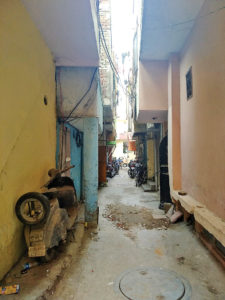
A little further away, a lady was carrying a bucket in one hand and locking her house (which consists of a single room).–She was on her way to milk her cow. “Dekh hi rahe hai hum kitna raees hai,” (You can see for yourself how affluent I am) she remarks sarcastically, when informed about their status as an affluent colony.
Patriot visited many of the houses and noticed that they were mostly small one-room setups with a kitchen and a bathroom. In fact, many people had their wooden chulhas set outside their house, because of lack of a proper kitchen inside.
So, what is the definition of an affluent colony according to the authorities? There has been no clear-cut definition revealed by the DDA. However, in a 2006 commission headed by KK Mathur, an affluent colony was defined as a colony where more than 50% of the houses were built on plots of more than 350 sqm each.
However, in a 2010 survey of Anant Ram Dairy by the Office of the Sub Divisional Magistrate (Vasant Vihar) of the DDA, it was seen that only seven of the total 185 plots were more than 350 sqm.
In fact, there were 91 plots from 10 sqm to 50 sqm and 22 plots from 51 to 100 m. Most of the houses that Patriot came across, were not more than 30 sqm.
“We were surprised when we first heard that DDA has listed this as an affluent colony,” says Amar Singh, an elderly resident of the colony who has been residing here since 1991.
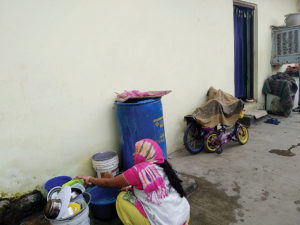
“More than 80% of the residents are either sweepers, gardeners, labourers, electricians and and most of them work in the nearby government colony in RK Puram,” says Rishi Pawar, the secretary of the Anant Ram Dairy Sudhar Sabha, the resident welfare organisation of the area.
So, has Anant Ram Dairy historically been an area where affluent people stayed and hence got the status of an affluent colony? The answer is also a big no.
Ashok Pehlwan, the president of the Sudhar Sabha, says that the area has been named after a dairy owned by his grandfather Anant Ram. “Earlier, we were a group of dairy owners and milkmen who came here after independence and set up the colony here in 1952,” he says.
“We live here under the constant fear that one day an official will come and take our house away,” says Shiv Kumar, a scrap dealer who stays in the area, and earns around Rs 300-500 a day.
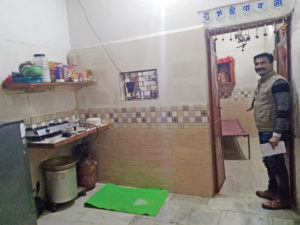
So, Anant Ram Dairy comes in the same bracket of affluent colonies like Sainik Farms and Mahendru Enclave, and as mentioned earlier even minister Hardeep Puri mentioned the name of this colony in the same breath with the two others.
A walk around Sainik Farms will give one the feeling of being transported to another part of Delhi. One is greeted to huge palatial houses, bungalows and farm houses that occupy acres and acres of areas. Just a look at the colony and one can make out that this is inhabited by the richer section of the society.
In fact Sainik Farms is spread across an area of 730 acres, while Anant Ram Dairy occupies a total area of 3.5 acres. So, 208 colonies the size of Anant Ram Dairy can fit into Sainik Farms. “Isn’t keeping both our and Sainik Farms in the same financial bracket unfair?”, questions Amar Singh.
Most of the residents here believe that the tag of an affluent colony has come from the fact that this same area housed the residences of former ministers PR Kumarmangalam and Dinesh Singh. “But why should all of us suffer because of two prominent people?”, questions Robert Anand, the Joint Secretary of Sudhar Sabha.
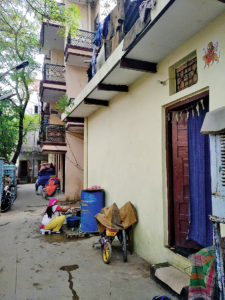
“The status of the colony causes a lot of problems to us residents”, continues Anand. “Anyone who wants to repair or do an extra construction in his house is stopped by the CPWD and the police saying that any construction work here is not permitted since it is an unauthorised colony,” he adds. His house too needed some cement work to be done, since it has been more than 40 years that it has been built, but the police didn’t give him permission.
A senior DDA official told Patriot that right now it has no plans for regularisation of these 69 affluent colonies, but the ministry is planning a separate act for them soon. “Right now, our focus is to regularise those colonies occupied the financially weaker section of the society,” he added.
“We have appealed to many people including the minister Puri himself,” says Amar Singh. “We hope the government listens to our appeal and looks into the matter, otherwise we would have no option left but to go to the court against them,” he concludes.
